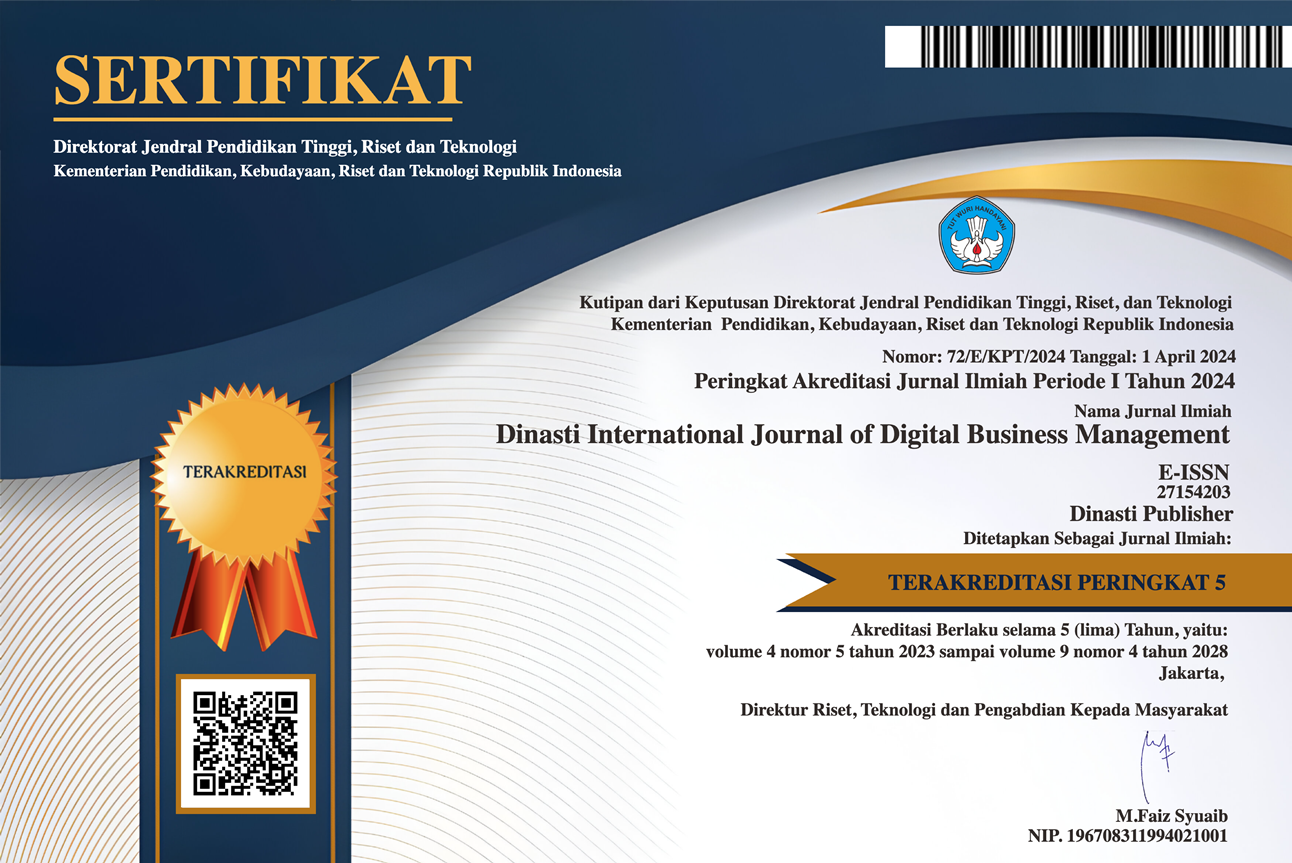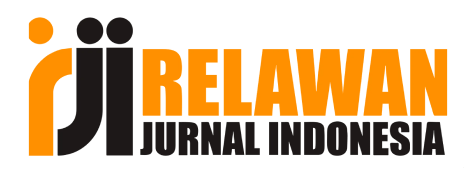EVALUATION OF THE IMPLEMENTATION OF INTERNAL CONTROL SYSTEM FOR THE RECEPTION, RETURN AND AUCTION OF GUARANTEE GOODS IN. PEGADAIAN (PERSERO)
DOI:
https://doi.org/10.31933/dijdbm.v1i1.90Keywords:
Internal Control Systems, Collateral Item, COSOAbstract
PT. Pegadaian (Persero) provides loans to people with require collateral item as insurance. PT. Pegadaian have to keep the collateral save and maintain it secure, so that internal control for collateral items are necessary needed. The purpose of this research was to determine and evaluate the implementation of the internal control systems for receiving, returns, and auctions of collateral items at PT. Pegadaian (Persero). The method used is qualitative descriptive with five components of COSO to evaluate the effectivities of internal control that applied at PT. Pegadaian (Persero). The five components of the COSO internal control is the control environment, risk assessment, control activities, information and communication and monitoring. The results showed that internal control systems at PT. Pegadaian (Persero) have been support by Standard Operating Procedures for all operations and filed documents. But from the evaluation for internal control system of receiving, returns, and auctions of collateral items there are still task stacking at unit manager make internal control systems PT. Pegadaian (persero) still have lack of control.
References
Akwaa Ellis K, 2016. Effects of Internal Controls on Credit Risk among Listed Spanish Banks. Omnia Science. ISSN 1697-9818. Vol. 12 No. 1. 357-3
Kuncoro, Mudrajad, 2014. Research Methods for Business and Economics, Issue 4. Erlangga. Jakarta. Lakis V, 2012. The Concept of Internal Control System: Theoretical Aspect. Economist, ISSN 1392-1258, Vol. 91 No. 2, 142-152.
Government of the Republic of Indonesia, Civil Code. Government of the Republic of Indonesia, SOE Ministerial Regulation Number Per- 01 / MBU / 2011 concerning Implementation of Good Corporate Governance (Good Corporate
Governance) In State-Owned Enterprises.
Government of the Republic of Indonesia, Government Regulation No. 103 of 2000 concerning Public Corporation (Perum) Pegadaian. , Law No. 10 of 1998 concerning Banking. Law No. 23 of 1999 concerning Bank Indonesia.
PT. Pegadaian (Persero). 2012. Branch Office Operational Guidelines. PT. Pegadaian (Persero).Jakarta.
Provitiviti, 2014. The Updated COSO Internal Control Framework, FAQs. Second Edition. Provitiviti Inc, Washington, DC.
Siwu, Fifke M. 2013. Evaluation of the Application of the Internal Control System on the Procedure for Receiving and Returning Guaranteed Goods at PT. Pegadaian (Persero) Kalawat Branch. EMBA Journal, ISSN 2303-1174, Vol. 1 No. 4, 1706-1716.
Teru, Susan P., 2015. Appraisal of Accounting Information Systems and Internal Control Frameworks. International Journal of Scientific and Research Publications, ISSN 2250-3153, Vol. 5 Issue 9, 1-3.
Topash, N. K., 2014. Evaluation of Efficiency of Accounting Information Systems: A Study on Mobile Telecommunication Companies in Bangladesh. Global Disclosure of Economics and Business, Vol. 3 No. 1, pp. 40-55.
Oseifuah Emmanuel, 2015. Internal Control Systems in Small and Medium-sized Medical Practices in Thulamela Municipality, South Africa. Problems and Perspectives in Management. Vol. 13, Issue 4. 215-222
Downloads
Published
Issue
Section
License
Authors who publish their manuscripts in this journal agree to the following conditions:
- The copyright on each article belongs to the author(s).
- The author acknowledges that the Dinasti International Journal of Digital Business Management (DIJDBM) has the right to be the first to publish with a Creative Commons Attribution 4.0 International license (Attribution 4.0 International (CC BY 4.0).
- Authors can submit articles separately, arrange for the non-exclusive distribution of manuscripts that have been published in this journal into other versions (e.g., sent to the author's institutional repository, publication into books, etc.), by acknowledging that the manuscript has been published for the first time in the Dinasti International Journal of Digital Business Management (DIJDBM).















































